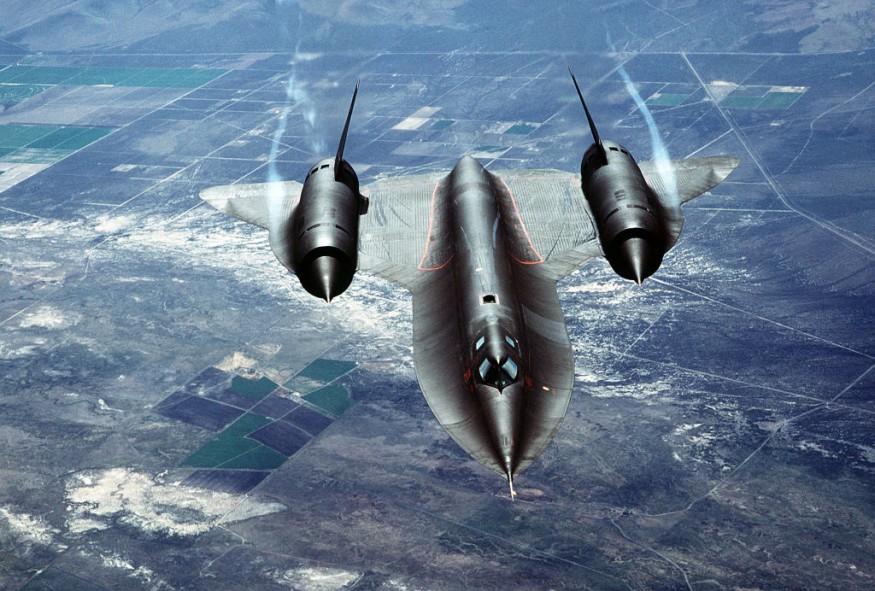The NG-16 Cygnus Cargo spacecraft will launch on a Northrop Grumman Antares rocket on Tuesday, August 10, 2021. The resupply spacecraft will deliver more than four tons of food, fuel, and supplies to the International Space Station (ISS).
This will be the seventh Cygnus cargo launch under NASA's Commercial Resupply Services contract with the aerospace firm. The space agency will launch the broadcast live on NASA TV, its website, and its mobile app at 5:56 p.m. EDT. The spacecraft will orbit Earth for roughly two days before docking on August 12 at around 6:00 a.m. The spacecraft will launch from the Wallops Flight Facility on Wallops Island, Virginia.

What is With this Latest Launch?
Digital Trends said that Cygnus would do experiments utilizing modified tissue to investigate muscle atrophy, how slime molds grow, and showcase 3D printing with regolith. The loose rock and dirt seen on the surfaces of planetary bodies like the moon are examples of this. According to NASA, the spacecraft will also carry a new mounting bracket to allow the next set of improved solar arrays to be installed later.
Russia's Progress spacecraft, the European Automated Transfer Vehicle, and the Japanese H-II Transfer Vehicle have all performed ISS resupply missions regularly since August 2000. NASA hopes to expand its commercial collaborations using the Cygnus spacecraft (as well as SpaceX's Dragon).
NG-16 Cygnus Spacecraft Named After Late NASA Astronaut
Northrop Grumman Corporation said per Hawaii Tribune Herald that the NG-16 Cygnus spacecraft would be named after the late NASA astronaut Ellison Onizuka. Each Cygnus spacecraft is named after someone who has made a significant contribution to human spaceflight. Onizuka was chosen because he was the first Asian American astronaut to reach orbit.
Onizuka graduated from the University of Colorado with a bachelor's and master's degree in aeronautical engineering. Onizuka was a part of the United States Air Force Reserve Officer Training Corps (ROTC) during his stay in Colorado.
After finishing his studies, Onizuka resumed working at McClellan Air Force Base in California as a flight test pilot and engineer. Eventually, he received training at Edwards Air Force Base's Flight Test Center and later managed engineering support for the training resources section. During his stay in the flying school, Onizuka accumulated over 1,700 flight hours.
When he was chosen for the astronaut program in January 1978, he began his NASA career. Onizuka went on to serve on orbiter test and checkout teams and launch support crews at the Kennedy Space Center in Florida after finishing his training in August 1979. Later, he served on the Shuttle Avionics and Integration Laboratory's software test and checkout crew and supported responsibilities as an astronaut crew equipment/orbiter crew equipment coordinator. He also worked on the creation of systems and payloads.
Onizuka's first spaceflight was on January 24, 1985, when he traveled as a mission specialist on the Space Shuttle Discovery for STS 51-C, the Department of Defense's first space shuttle mission. He was in charge of major payload activities on this mission, and the STS 51-C crew completed 48 Earth orbits. Onizuka had spent 74 hours in space by the time the mission was concluded.
Onizuka passed away when the Space Shuttle Challenger exploded 73 seconds after launch on January 28, 1986, during the STS 51-L mission. He had spent nearly his entire life flying in the air and into space.
RELATED ARTICLE : Elon Musk Shares Photo of SpaceX Starship Stacking on Super Heavy Booster, the Tallest Rocket Ever Built
Check out more news and information on Space in Science Times.











